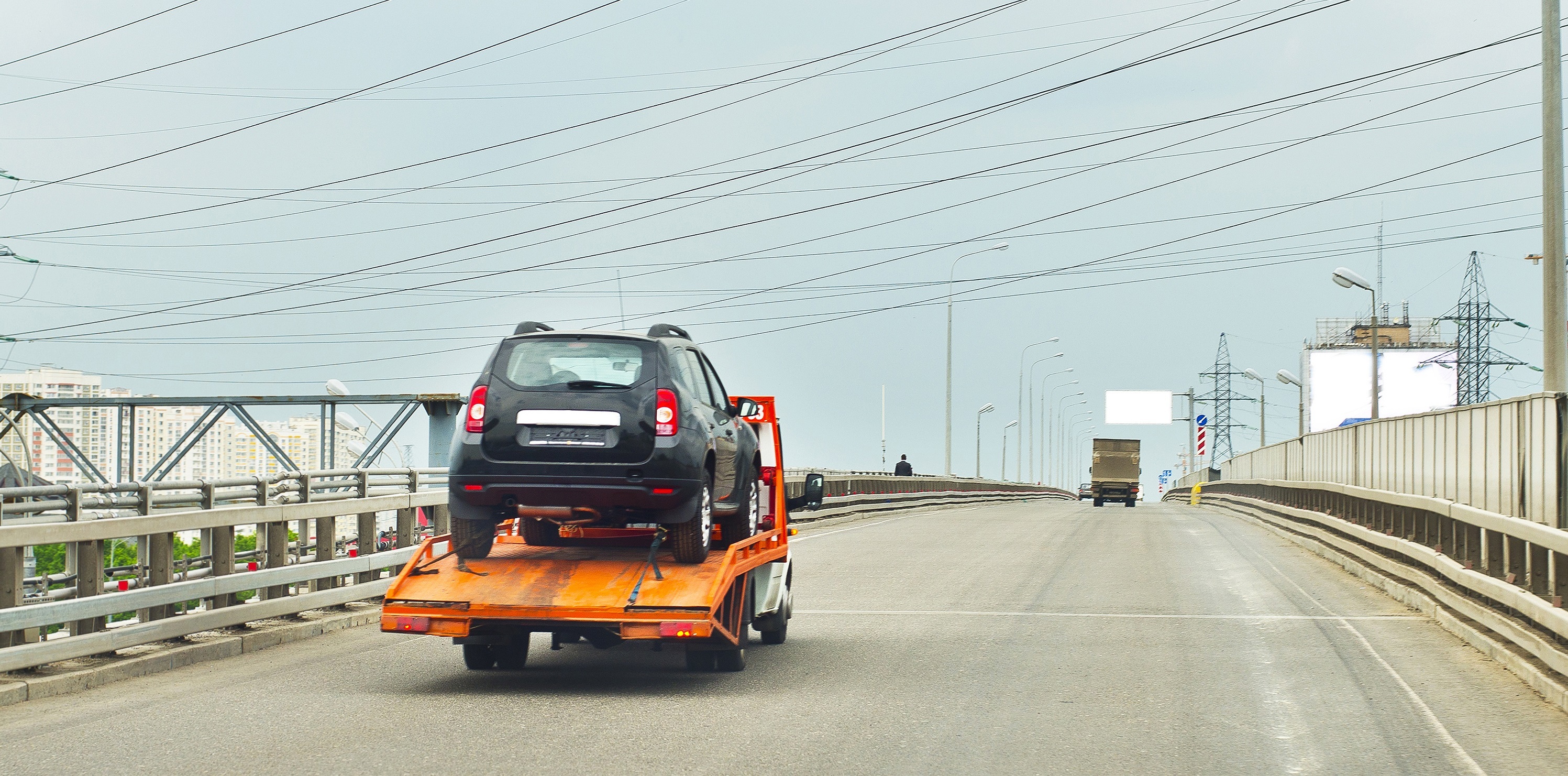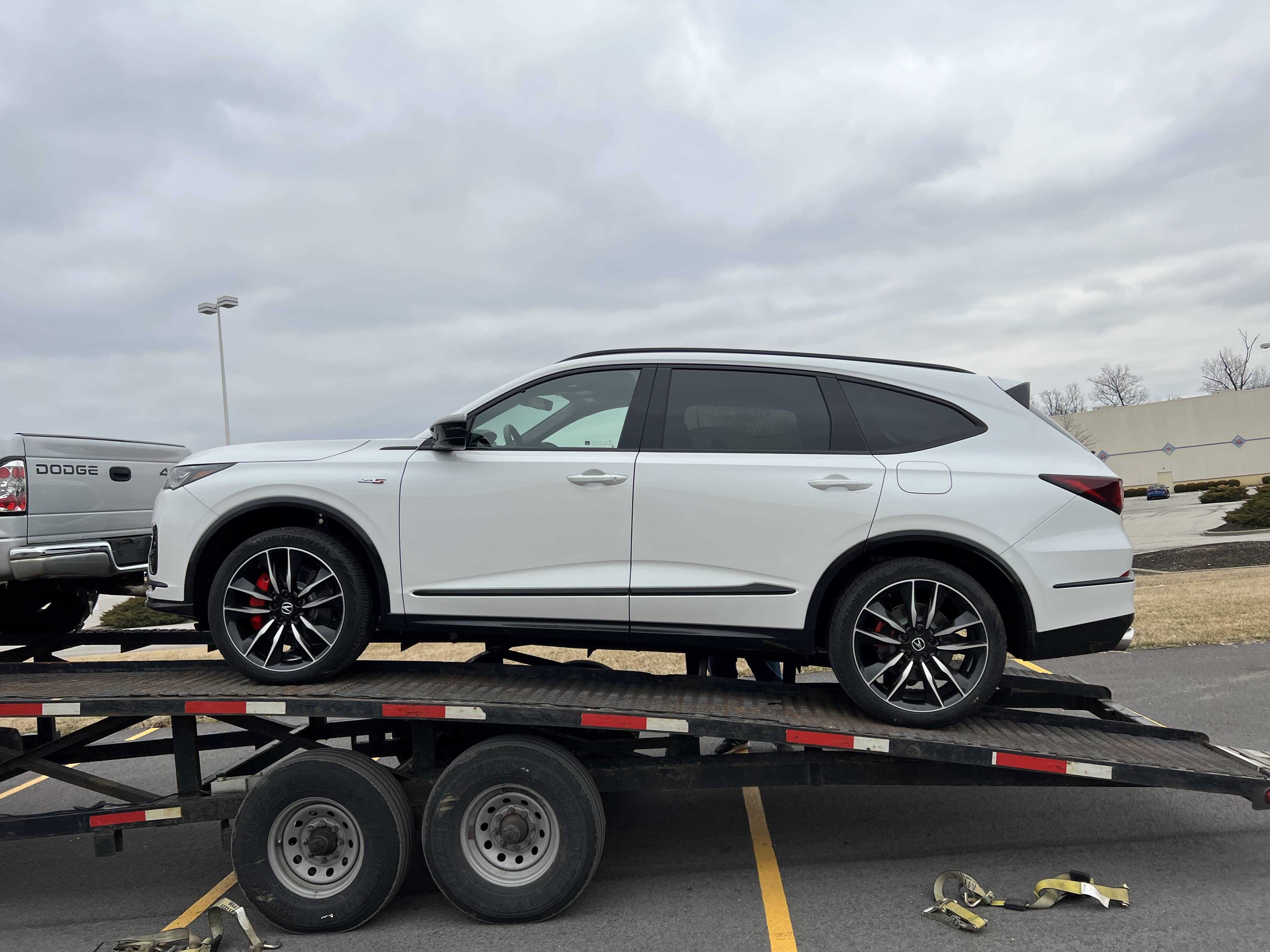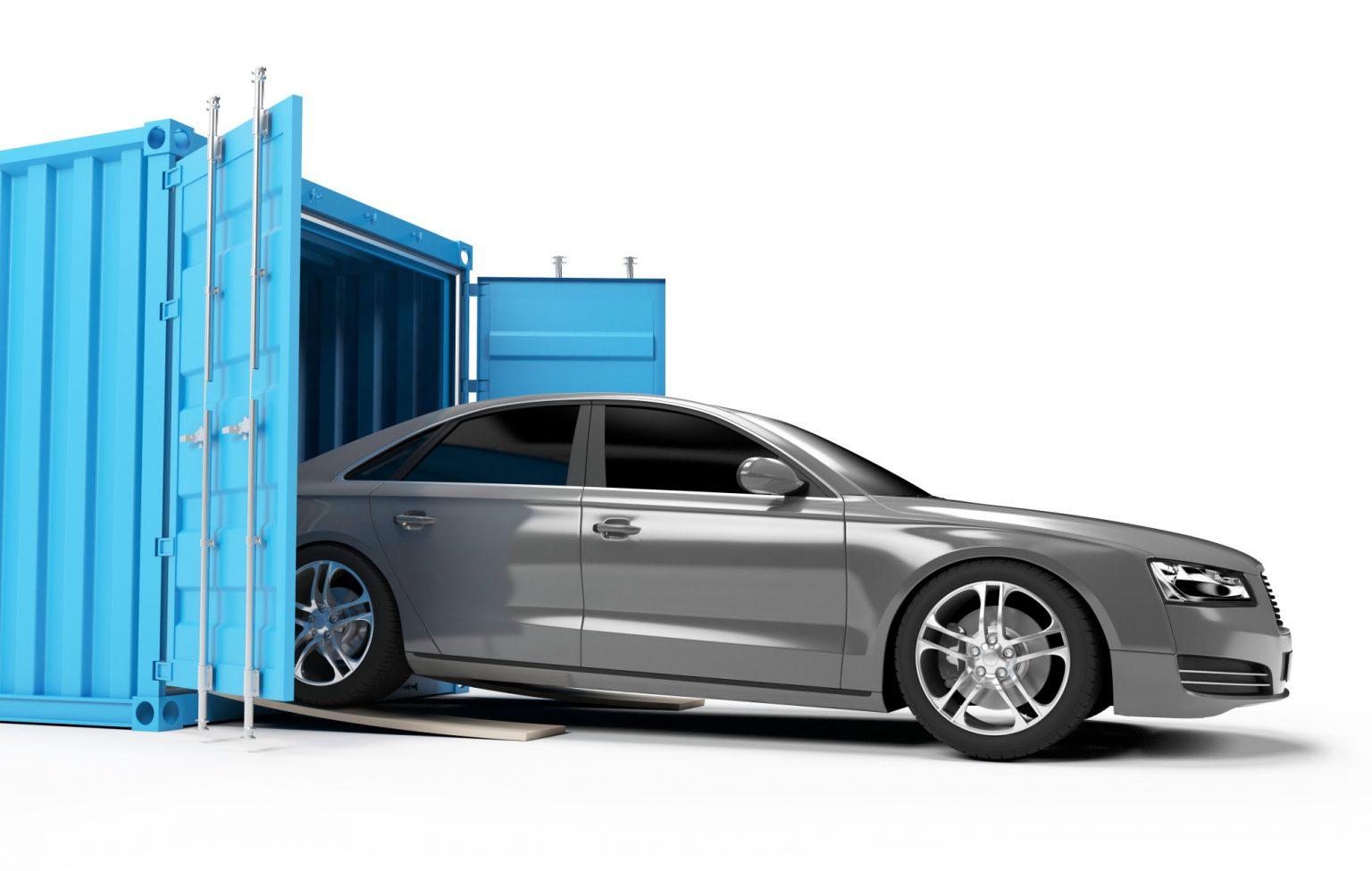Handing the keys to your treasured car over to a stranger can bring some anxiety, whether it’s a high-end classic car or a sentimental daily driver. It’s only natural to be concerned about your car’s safety and what may happen when it’s in someone else’s care.
Fortunately, reputable car transport companies take safety seriously. If you’re wondering how safe your car is during transportation and how you can reduce safety risks during car transport, here’s what you need to know.
Understanding Auto Transport Safety
Every year, there are hundreds of thousands of private vehicles on the way to their new homes. Auto transport safety is a top priority in the industry, and there are numerous standards and practices in place to ensure that vehicles are secure and protected.
The United States Department of Transportation (USDOT) has mandatory safety regulations for auto transport companies that include rules regarding:
Driver qualifications
Weekly workload and road hours
Driver inspection reports
Gross vehicle weight ratings
Allowable truck height
Axle weight load
Oversized or overweight cargo handling
Maintenance schedules
Truck safety inspections
Choosing a reputable auto transport broker to handle your auto shipping is one of the most important aspects of a safe shipping experience. A reputable auto transport broker can vet carriers and ensure that they’re compliant with USDOT regulations and have a proven record of safe transport.
Risks and How They Are Mitigated
Auto transport is generally safe, but it’s not entirely without risks. There’s a possibility of accidental damage, theft, and exposure to the elements, but reputable shippers take measures to mitigate the risks and ensure the safety of their cargo.
Accidental damage: To reduce the risk of accidental damage, shippers conduct thorough carrier inspections before loading vehicles and rely on secure tie downs and straps to keep vehicles from shifting during transport. Drivers are thoroughly trained on road safety and how to handle vehicles carefully.
Theft: Auto transport companies use enclosed trailers with added security to guard against prying eyes and theft with high-end cars. These trailers may be equipped with alarm systems and GPS tracking to monitor the location of the car in transit.
Exposure to the elements: Open auto trailers expose vehicles to the elements, but there are measures taken to minimize damage. The way vehicles are loaded is designed to reduce the risk of road debris, and drivers may use alternate routes to avoid severe weather conditions when possible.
Insurance coverage: Reputable transport companies will have insurance coverage for vehicles in transit, ensuring protection in the event of accidental damage, theft, or other incidents. There are limits to coverage, however.
Secure loading: Proper loading techniques are an important part of reducing risks during transport. Vehicles are loaded onto trailers and secured to avoid shifting that can result in damage or accidents.
Insurance and Protection Measures
Accidents, damage, or other types of loss are a potential risk with car shipping, despite the best efforts to prevent it. That’s why auto transport companies have insurance to cover damage or loss.
There are two types of coverage:
Basic liability coverage, which covers damage caused by carrier negligence.
Comprehensive coverage, which provides broader protection for damage from weather, theft, and other types of accidents that don’t involve collisions.
Gap insurance, which covers the difference between the vehicle’s value and the remaining balance on a loan or lease if there’s a total loss.
Here’s what to look for when you’re evaluating car transport insurance policies:
Coverage limits: Make sure the coverage limits are high enough to cover your car’s value.
Deductibles: Understand the deductible you’re responsible for if you need to make a claim.
Exclusions: Make sure you understand any exclusions or limitations in your policy, such as coverage for certain types of damage.
If you don’t understand the details of the insurance coverage, you won’t know if you need to add extra coverage or if you’re covered in the event of damage or loss. You should also know the claims process and requirements, including how to report damage.
Here’s how to file a claim:
If there’s damage or loss, notify the auto transport company immediately and document the damage with photos or videos.
File a claim with the insurance company as soon as possible, providing all the necessary information and evidence.
Cooperate with the investigation and follow the insurance company’s instructions for completing the claims process.
Choosing the Right Transport Option for Your Car
Your main car shipping options are open or enclosed, each with their pros and cons – especially when it comes to safety.
Open auto transport is generally safe, but your car is more exposed to the elements and road debris. If you’re shipping a car you take on the roads regularly, the risks of damage are about the same.
If you have a valuable, exotic, classic, or antique car that’s in pristine condition – the kind you wouldn’t drive on anything but perfect roads on a clear, sunny day, enclosed shipping may be the safer option. Enclosed trailers provide a higher level of protection, shielding your car from road debris, severe weather, and potential theft or vandalism.
Not sure which is right for you? Here are some things to consider:
Value: If you have a high-value car, enclosed transport may be worth the higher price.
Condition: If your vehicle is in pristine condition or has features that may be damaged easily, such as custom paint or modification, enclosed transport offers extra protection.
Budget: Enclosed transport is safer but more expensive than open-air trailer shipping. Consider whether the added safety and peace of mind is worth the cost.
If your primary concern is maximizing the safety of your car during shipping, choose enclosed auto transport, the option that provides the highest level of protection.
What to Do Upon Delivery
Your auto transport company is responsible for your vehicle’s safety once it’s in their hands, but you need to inspect it and document its condition before it heads out and once it’s delivered.
Here are some tips:
When your car arrives, inspect it carefully to note any damage. Compare its condition against your inspection report prior to shipping.
Take photos and videos of any damage you discover from multiple angles. Make sure you note the date and time of delivery and any relevant details about the condition of the vehicle.
Contact the auto transport company to report the damage. Provide them with the details of the damage and documentation for their records.
Review your insurance coverage and prepare to file a claim. The insurance company will need documentation and details of the damage to start the claims process.
Follow up with the auto transport company and insurance company to keep the claims process moving along.
Keep detailed records of all communication and documentation related to the claim.
Auto transport companies take the necessary precautions to ensure that your car is protected in transit, but accidents can happen. Fortunately, insurance coverage helps you recover the cost for any damage or losses that occur.
Keep Your Car Safe During Shipping
Auto transport companies are professional and adhere to strict safety and security measures to protect your car during shipping. Accidents or damage can happen, but the best way to enhance safety is by choosing a reputable transport broker to connect you with professional, reliable car shippers that prioritize the safety of your vehicle, such as Nexus Auto Transport.
If you’re ready to ship your car,contact us to get started with a shipping quote!
FAQ
Do Cars Get Damaged During Transport?
Though rare, damage can occur during auto transport. Shippers may take every possible precaution, but factors like extreme weather, road conditions, and collisions are out of their control.
What Happens If a Car Is Damaged During Shipping?
In many cases, the auto transport company will be responsible for paying the claim if your car is damaged during shipping. Their insurance doesn’t cover everything, however, so it’s crucial that you know what’s covered and what extra insurance you may need.
Is It Safer to Drive My Car Across Country Than Ship It?
Generally, no. While it may feel safer because you’re in control of your vehicle, you’re at risk for collisions, inclement weather, and road hazards just as much as a shipping company. With a reliable shipping company, the risks to your car are minimal.



